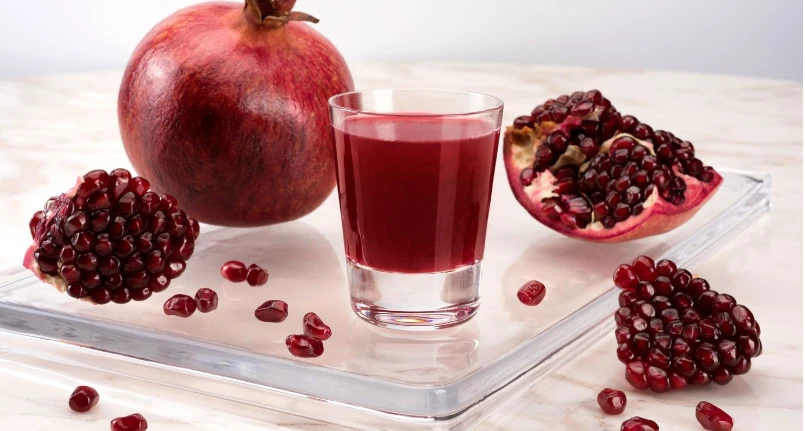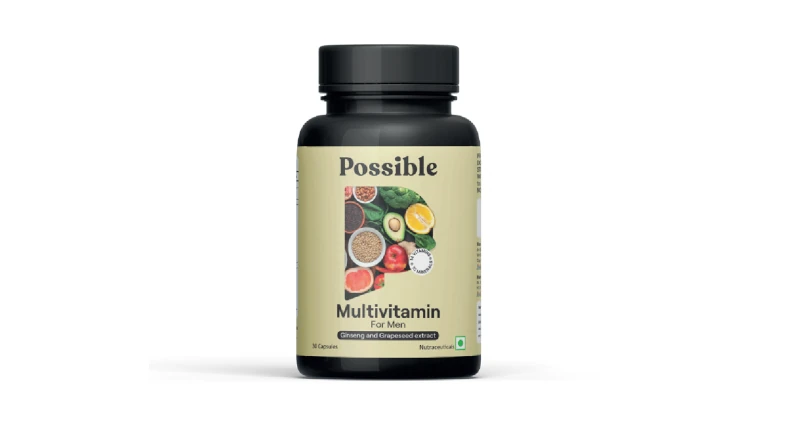Water in…”and for”…the human body – Total Body Water (TBW)
Water is the fundamental element for the life of human beings and of all living organisms in general. In our body the water content varies according to different parameters: constitution, age and sex; in the newborn , the body water (Total Body Water – TBW) reaches 75% of the total mass while in the adult it is around 60%.
Water performs numerous functions essential to metabolism , such as: solution and transport of nutrients , corpuscles (blood cells), hormones , catabolites, etc., allows biochemical reactions, contributes to thermoregulation , etc.
The lack of water in the body is defined as dehydration , while the excess (pathological) is classified under the term hyperhydration. The amount of water necessary for metabolism can be divided into:
- Exogenous water : introduced with drinks and foods
- Endogenous water : that produced by the oxidation of energy macronutrients inside the cells.
Drinking water
The exogenous water introduced with food and beverages MUST be DRINKABLE water, and to be defined as such, it must possess certain chemical-physical, organoleptic and microbiological requirements:
- It must be clear, colourless, odorless and tasteless, and have a pleasant taste
- Chemical analysis must not show significant traces of contamination ( ammonia , nitrates , nitrites , surfactants, heavy metals , etc.)
- Bacteriological analysis must not show colonies of microorganisms
Hardness
Water hardness indicates the content of salts (especially alkaline), such as calcium and magnesium (Ca and Mg – responsible for the formation of “limestone”) in the form of: calcium chloride (CaCl 2 ), calcium sulphate (CaSO 4 ), magnesium chloride (MgCl 2 ) and magnesium sulphate (MgSO 4 ).
Water hardness can be TOTAL, PERMANENT and TEMPORARY (based on the structure of the salts themselves):
- Total water hardness: it is the total amount of calcium and magnesium salts dissolved in water
- Permanent hardness of water: it is a parameter that measures the quantity of calcium and magnesium salts that remain in solution after boiling
- Temporary hardness of the water: it is the difference between the total hardness and the permanent one, therefore it constitutes the quantity of calcium and magnesium bicarbonates which precipitate when the water boils.
Degree of water hardness
The degree of water hardness is expressed in three quantities:
- French degrees (also in Italy) (F°): 1 French degree = 10mg of CaCO 3 per liter of water
- German degrees (D° or DH°): 1 German degree = 10mg of CaO per liter of water = 1.79 French degrees
- English degrees (°GB): 1 English degree = 10mg of CaCO 3 every 700 grams of water = CaCO 3 1.43 French degrees
| Types of Waters | HARDNESS IN FRENCH DEGREES (F°) |
| Very soft waters | 0-4 |
| Fresh waters | 4-8 |
| Medium hard water | 8-12 |
| Fairly hard water | 12-18 |
| Hard waters | 18-30 |
| Very hard waters | > 30 |
The water intended for distribution on the water network for the population undergoes various and systematic checks (ASL) aimed at verifying the effective potability of the water supplied; among the various processes that aim to make water drinkable there are also:
- Sedimentation and filtration: to eliminate solid particles, including limestone (calcium and magnesium salts)
- Hardness correction (if necessary): if too hard, the drinking water must be softened using ion exchange softeners or demineralizers .
Excessive water hardness
Excessively hard water, if drunk, may not be healthy in the long run; especially for people suffering from nephrolithiasis ( kidney stones ) or gravel , calcium salts contribute to the formation of “sharp and easily aggregated crystals” inside the urinary tract : the so-called calcium oxalates (main constituents of kidney stones). Although many scientific insights mainly attribute SODIUM (Na) and urinary concentration to blame for the formation of kidney stones, also the association of an excessive amount of calcium salts and oxalic acid (an anti-nutritional factor present in plant foods : rhubarb , spinach , beets , etc.) can accelerate the formation and sedimentation of calcium oxalates. It should be noted, however, that the association within the same meal of foods rich in oxalates with others rich in calcium presumably has a protective effect against kidney stones; inactive, the consequent enteric formation of calcium oxalate aggregates – non-absorbable and therefore eliminated with the faeces – reduces the amount of oxalic acid absorbed by the intestinal mucosa.
Ultimately, it is highly NOT ADVISABLE to reduce dietary calcium intake(as a sufficiently absorbable and essential nutritional constituent in rations of about 1g/day), and given the “doubtful” bioavailability of calcium bound in salts, it would be a good rule for subjects affected by renal lithiasis to follow a diet :
- Poor in hard water
- Low in oxalic acid
- Rich in very sweet or (even better) mineral drinking water with low fixed residue (minimally mineralized).




